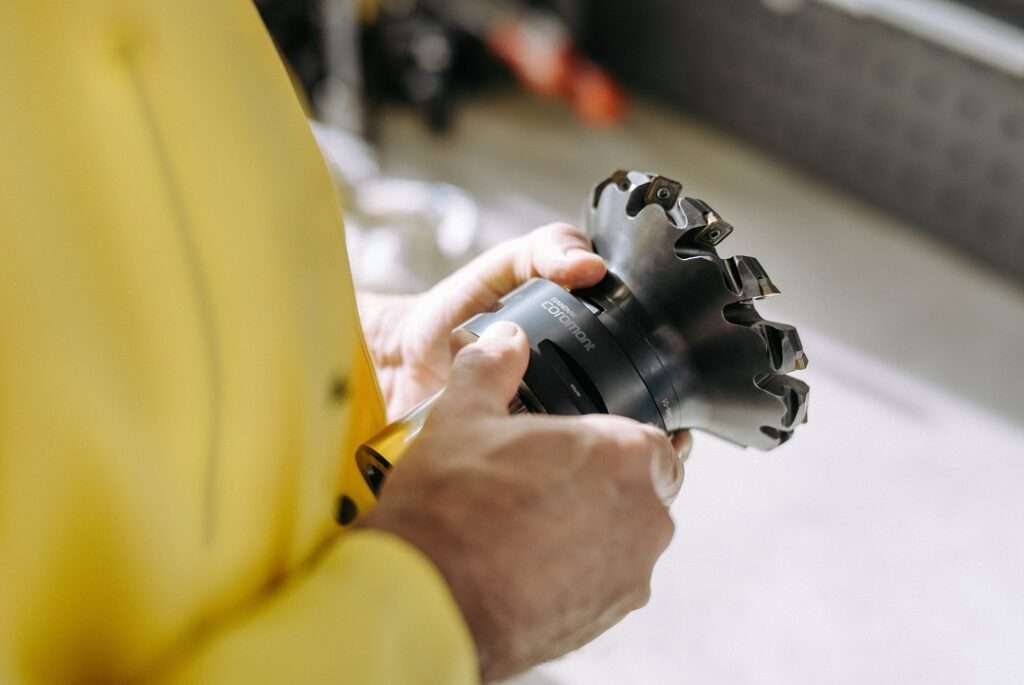The electric vehicle revolution is here. The auto industry accounts for 20 to 30% of particulate matter in the air, a staggering contribution to air pollution, and it was essential for transportation to move towards sustainability. Electric Vehicles are the solution to curb vehicle pollution and stop the usage of fossil fuels.
Heralding a future of cleaner transportation, electric vehicles’ batteries are at the core of their sustainability. These batteries enable energy storage and long-term recharging. For the EV to be completely green with zero emissions, the EV battery’s lifecycle must be scrutinised and solved for the manufacturing process.
As EV manufacturing rises, the volume of discharged/ damaged batteries will rise, raising the question of responsible management of spent batteries. The strategy to handle end-of-life batteries has to be proactive and sustainable, not just for waste management and environmental concerns but also for other reasons, including economic viability, ethical responsibility, regulatory compliance, and technological innovation. It must be prioritised not as an afterthought but as a core component of the manufacturers’ business strategy.
EV battery lifecycle: Cradle to Grave
The intricate details of the EV battery lifecycle must be understood to develop disposal strategies.
1. Supply chain of raw materials: Cobalt, lithium, and nickel go from mines to primary refiners and then to cathode active materials manufacturers from refiners, after which they go to battery manufacturers. Responsible sourcing cannot be ensured in these metals supply chains, especially in the cobalt supply chain, which is sourced from the Democratic Republic of Congo and indulges in artisanal mining.
2. EV Battery manufacturing: Chemical processes transform raw materials into batteries, packs, and modules. Manufacturing efficiency is a must here.
3. Integration with vehicles: Batteries are fitted into EVs in their ‘first life’; battery health management and optimizing performance are important to maximise the first lifespan.
4. Second-life applications: Once the batteries’ performance dips below the vehicle’s required level (usually about 80% of original capacity), they may be used in less demanding applications such as grid stabilization, backup power, etc. This extends the battery’s life.
5. Recycling and Material Recovery: If batteries are damaged at the end of their second life, they must be recycled to recover valuable materials and prevent contamination. Effective recycling is essential to closing the metals loop.
Why is it essential to sustainably dispose of batteries & close the battery materials loop? As of 2020, there were 200,000 metric tons of EV batteries available for recycling, with an estimated 1.2 million tonnes to reach the end of life by 2030, and the global rate of recycling is only around 5% currently.
Sustainable EV battery disposal is necessary for the following:
1. Environmental issues: EV Batteries are prone to fires especially when damaged, and mattery materials can be hazardous if it finds its way into soil and water bodies. Improper disposal and batteries ending up in landfills can cause significant environmental risks
2. Ethical responsibility: Manufacturers have an ethical obligation to ensure that the end of life of their products do not cause harm to the environment. Safe and eco-friendly disposal and responsible sourcing ensures that technological innovation, commercial success does not come at an environmental and by extension, at a human cost.
3. Regulatory Compliance: Governments around the world are implementing regulations mandarin responsible for battery disposal, setting targets for recycling rates. Manufacturers must comply to avoid penalties and maintain market access.
4. Brand reputation: Consumers are aware of environmental and social issues and manufacturers who prioritize sustainable practices enhance customer loyalty and brand reputation.
5. Supply chain resilience: Lastly, but perhaps most importantly. Securing access to recycled materials can reduce dependency on volatile global raw materials supply chain and mitigate price fluctuations. This will also curb dependence on virgin mining, meaning less emissions from mining activities and conservation of finite resources. Manufacturing cost can also decrease due to recycled materials being more readily available.
Manufacturers leading the charge
Manufacturers must design batteries with recycling in mind, with architectures that support disassembly and material recovery. Standardization of battery materials can also simplify recycling processes. Manufacturers should educate consumers about the importance of sustainable battery disposal and provide clear instructions on how to return used batteries for recycling.
Establishing partnerships with recyclers can close the battery materials’ loop, ensuring batteries are collected and recycled responsibly. Collaboration with those enabling second life applications can extend batteries’ use and maximise its value. Collaboration with all stakeholders including recyclers, refurbishers, material suppliers can create a coherent ecosystem for efficient management of batteries’ lifecycle. Tesla, BMW, etc are EV manufacturers leading the way in battery disposal, either investing in battery recycling or creating partnerships for a closed loop of batteries.
Sustainable disposal can seem challenging now, but it is also an opportunity. Responsible recycling practices unlock economic value, enhance brand reputation, ensure compliance, and contribute to a sustainable future that minimises risks in the virgin mining supply chain. Proactive engagement, technological innovation, and industry collaboration are essential for building a circular economy for EV batteries and ensuring the long-term success of the EV revolution.







